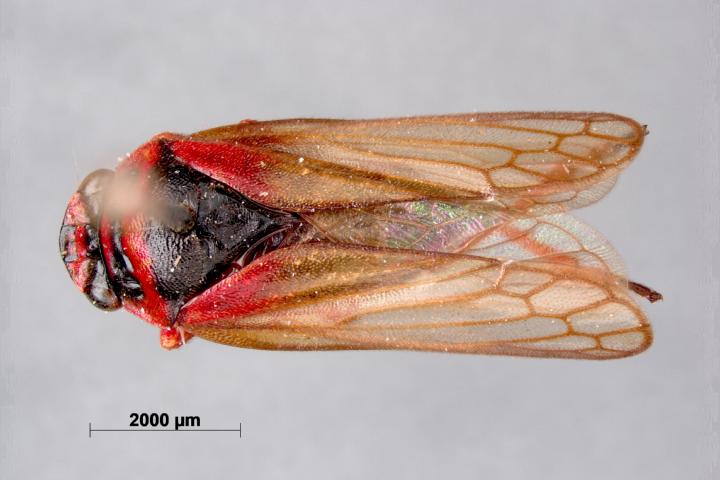
Naturalis has an enormous scientific collection - around 43 million objects - which is the result of centuries of collecting, research and careful management. I am head of the collection managers, each of whom is responsible for a part of that collection. I come from archeology myself and have enjoyed working here for years as collection manager of entomology. Now, from a different role and with a great team, I can further deepen our collection and make it accessible for research and exhibition.
Keywords
management, conservation, science, accessibility, collection, volunteers, history
The department
The department consists of 18 collection managers, each of whom is responsible for a taxonomic part of the collection. Their backgrounds are diverse; from archaeologists to biologists and heritage specialists. Based on their broad collection knowledge, they take care of all plants, animals, rocks, fossils and archives in our care.
Our collection is used by many (international) researchers for various topics, such as ecology, phylogenetics or fauna. An important goal is taxonomy: understanding and describing the enormous diversity of species that occur in the city and nature.
My department is in daily contact with these researchers to facilitate use of the collection. We also work together with colleagues and volunteers to preserve this heritage for future generations. Use and conservation can also get in the way of each other, which makes every decision unique and interesting.

Currenttopics
A selection of the topics I am currently working on.
True bugs in the picture
Importantpublications
Caspers et al. 2019. Butterflies in bags - permanent storage of Lepidoptera in glassine envelopes
Schneider et al. 2021. Taxonomic Revision of Eastern Part of Western Palaearctic Cordulegaster
Schneider et al. 2022. The Oracle of Delphi—a molecular phylogenetic approach to Greek Cordulegaster Leach in Brewster, 1815 (Odonata: Anisoptera: Cordulegastridae)
Greeff et al. 2022. Sharing taxonomic expertise between natural history collections using image recognition
In themedia
Short intro
[Bullets met links naar media: website, YouTube]

